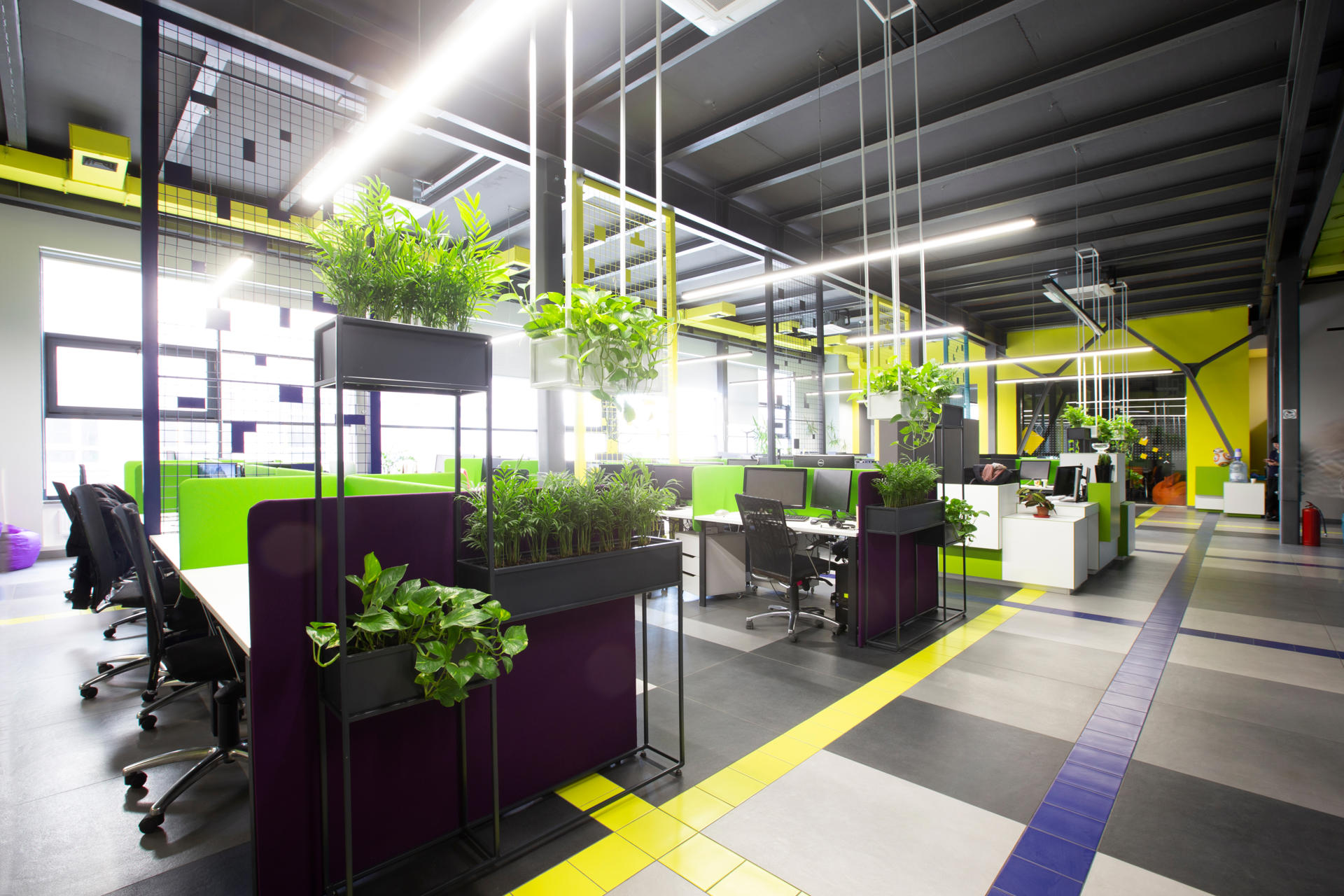
Carbon net zero retrofitting
Mon 12 Aug 2024
With low-carbon office and business space in high demand, retrofitting to help occupiers or buyers meet their environmental, social and governance (ESG) obligations can be money well spent for landlords, investors and vendors.
Higher quality buildings are increasingly sought after by businesses and organisations as they commit to carbon net zero. Those environmental and social credentials are key too in attracting top talent as today’s workforce demands more action on ESG initiatives and a vastly different working environment from the traditional office.
Future office and business space will need to offer significantly more than what was once acceptable.
Older, inefficient buildings may not address a firm’s ESG obligations and risk being shunned by occupiers and buyers in favour of those that do.
As employers seek to meet the demands of a new generation of workers, we are seeing office buildings with high sustainability credentials attracting greater interest.
Retrofitting can be a solution to bringing those older businesses up to spec and, as low-carbon space can earn a substantial rent premium, a return on that investment too.
Meeting tenants’ low carbon targets can also enhance a building’s value and increase numbers of potential future buyers.
So how far should landlords and others go to reduce a property’s overall environmental impact?
"Retrofitting does not mean an immediate requirement to create a carbon neutral building or to undertake life-cycle assessments of carbon calculations.
The key is to invest in a building within the confines of its construction type, existing internal infrastructure and physical layout. Commercial return is an obvious prerequisite too."
Tim Humphrey, Partner
The refurbishment and refit of two large business units at College Park Business Park, near Silverstone, Northamptonshire, which Brown&Co advised on, is a good example of how this can be achieved.

New LED lights, insulated access doors, cladding and double glazed windows were installed in the 3,600 square-foot buildings, increasing the appeal to prospective tenants and facilitating a rental increase of almost 50%.
This asset now adds significant value to the balance sheet also.
With a high proportion of employees now working from home for part of the week at least, how office space is used has also shifted with a greater requirement for team-based functions and collaborative working.
This means providing flexible, fun spaces with leisure and quiet zones, and break-out and kitchen and catering areas too.
Each occupier is likely to have different demands depending upon its workforce so it can make sense to work with the occupier to deliver on what they require from a working environment. This may include a redesign of the internal layout.
There is no single solution appropriate to every building so getting good advice from the outset is key.
For more information, contact our Commercial team here.
This insight article is featured in our 2024 Innovate magazine. To read more of the publication, you can download a digital version below.

Keep updated
Keep up-to-date with our latest news and updates. Sign up below and we'll add you to our mailing list.
 Brown&Co
Brown&Co

